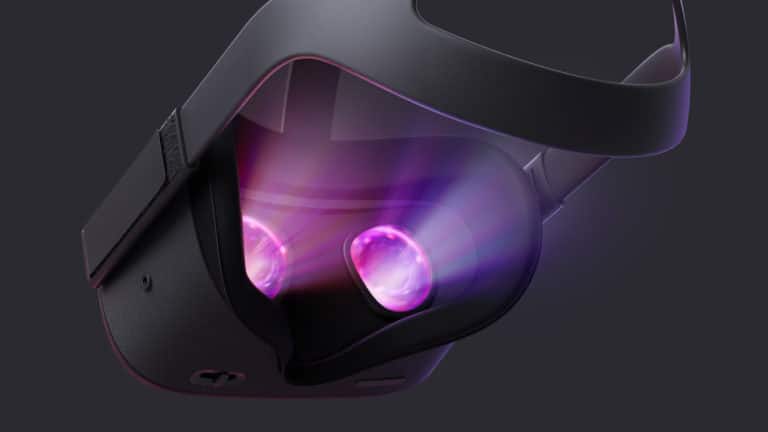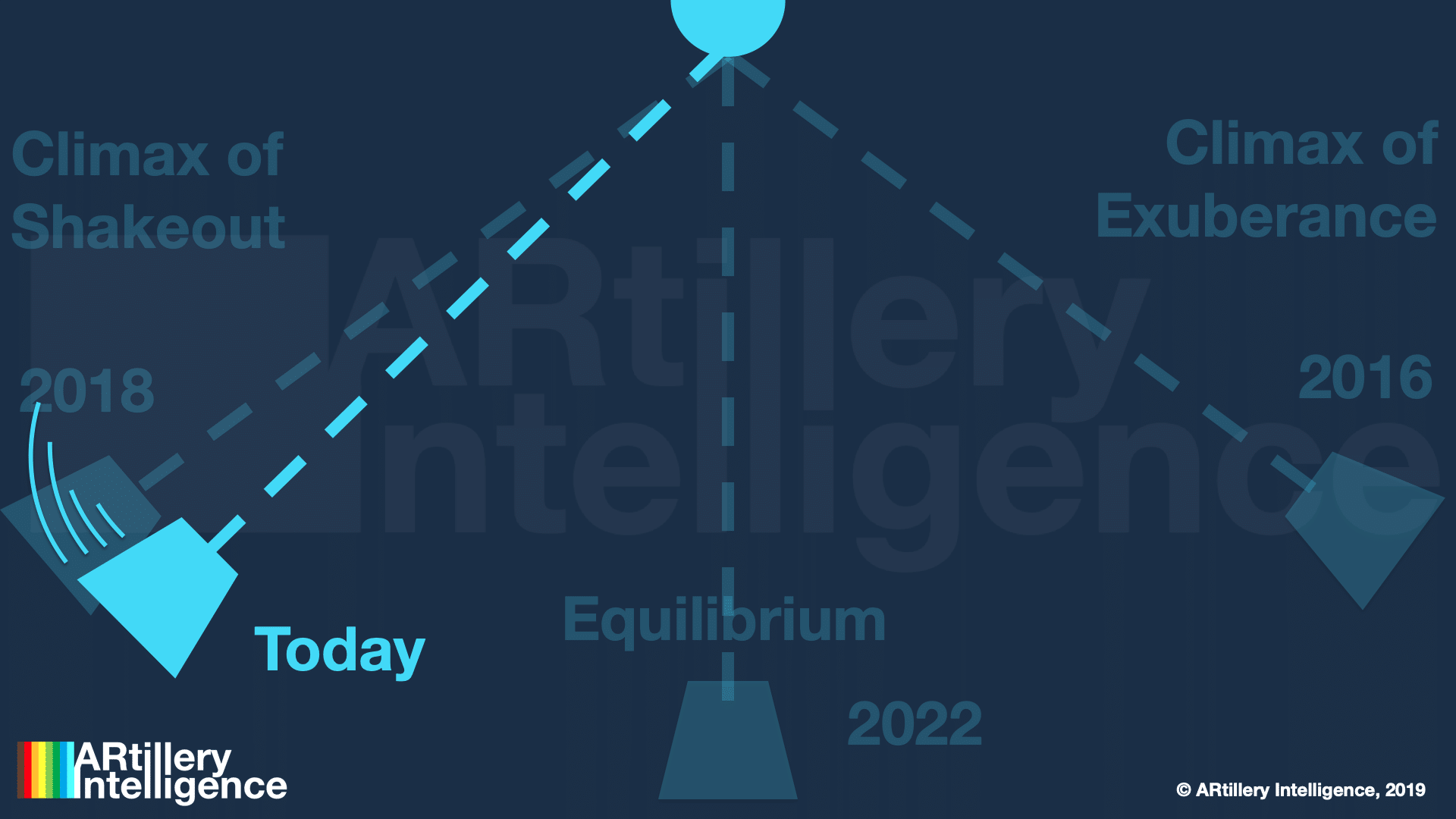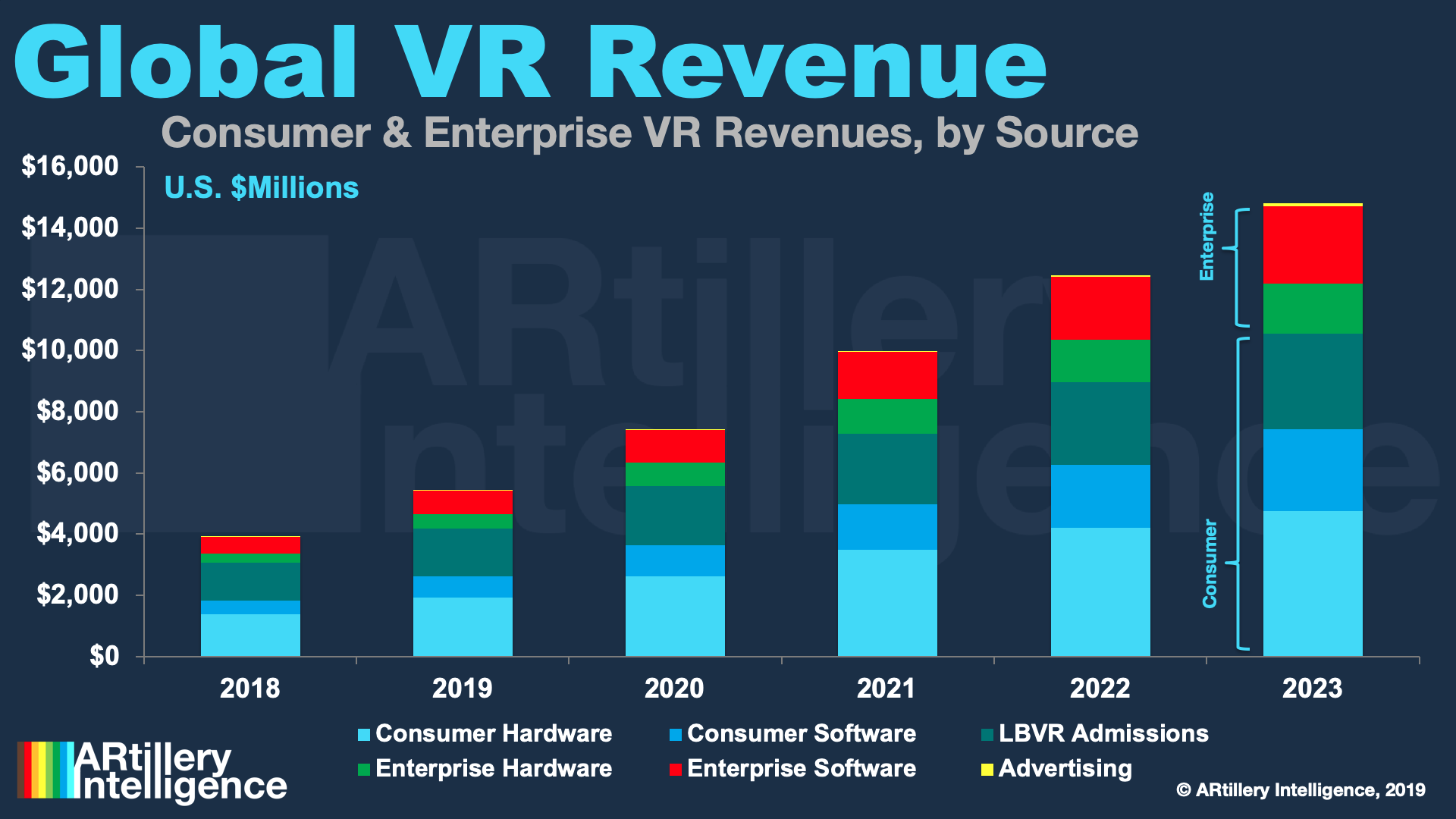
Data Point of the Week is AR Insider’s dive into the latest spatial computing figures. It includes data points, along with narrative insights and takeaways. For an indexed collection of data and reports, subscribe to ARtillery Pro.
We’ve been speculating about where we are in AR’s lifecycle. An overhyped 2016-2017 was followed by a bad hangover in ’18 and ’19. But many signals now point to forthcoming growth. It will take a while to get to those 2016 visions of our AR future, but the worst could be behind us.
There’s now evidence that could also be the case for VR. Oculus quest was a bright spot in 2019, including the healthy (though not outrageous) sales figures of 300,000+ that we triangulated in the September time frame. Moreover, Quest is currently back-ordered until mid-February.
Now, more evidence emerges on the content side (an indicator of hardware penetration). Two notable items emerged in the past week that point to a strong holiday period for VR. The first is that Superhot grossed $2 million+ in one week at the peak of the holiday shopping season.

The second milestone is that action-physics adventure game Boneworks reached 100,000 players in its first week. This translated to an estimated $3 million in revenue (despite availability on Steam only), which outpaces revenues during the same early period of the mighty Beat Saber.
One strategic side note here is that Boneworks did this through content marketing rather than the traditional paid advertising path. Stress Level Zero’s YouTube-savvy founder Brandon Laatsch produced a documentary-style video of the game’s development, drawing 21 million views.
And though it’s been covered adequately already, we should also acknowledge that these news items follow the much larger demand signal that is Beat Saber. The game not only announced $20 million in revenue in mid-2019, but its creator Beat Games was recently acquired by Facebook.
The latter is notable in its own right in terms of stimulating VR sector confidence and activity. There’s now greater incentive for VR game development, startup launches and early-stage funding, given that Facebook has validated exit potential. We’ll see ripple effects of that in 2020.

Speaking of which, it’s also worth giving a nod generally to Facebook. Amidst a turbulent 2019 over data collection missteps, the company should get some credit for its massive investments to buoy the VR sector. That includes loss-leader pricing in its hardware, and investments in startups.
Of course, those moves aren’t totally altruistic, as it’s investing be the market share leader of the next computing era. But it deserves credit for long-term thinking, risk tolerance. R&D investment, and a planned spatial computing facility in the bay area. No one else is investing as much.
Back to the current milestones, we should see several more signs of industry health and momentum in 2020. So far this aligns with the revenue projections of our research arm ARtillery Intelligence which projects 2020 VR spending of $7.4 Billion. We’ll keep tracking its pace closely.
For deeper XR data and intelligence, join ARtillery PRO and subscribe to the free AR Insider Weekly newsletter.
Disclosure: AR Insider has no financial stake in the companies mentioned in this post, nor received payment for its production. Disclosure and ethics policy can be seen here.
Header Image Credit: Facebook
